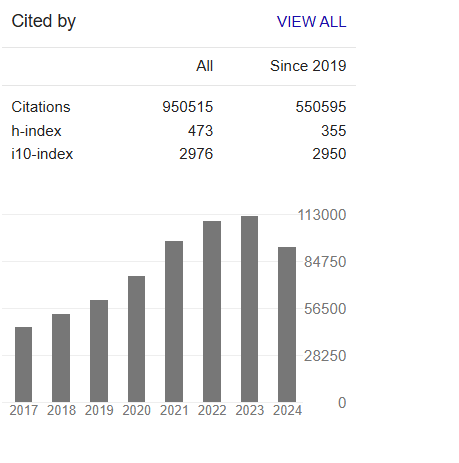Electrochemical Degradation of DSW Using Fe- Fe and Al- Al Electrodes Taguchi and Anova Approach
Abstract
Shanmukha NT, Lokeshappa B, Kiran Kumar M, and A.K. Dikshit
Expulsion of toxins from distillery spent wash (DSW) was applied by utilizing a blend of matched aluminum and iron electrodes in a clump method of activity utilizing electrochemical procedure. The refinery spent wash was described diagnostically utilizing standard strategy for examination and the treatment results were dissected as far as COD and Colour. The examinations were directed to consider the impact of working boundaries, for example, voltage, separation between the electrodes and electrolysis time and were optimized by utilizing Taguchi and ANOVA technique. pH and stirring speed were kept constant as 7 and 500 rpm. The most extreme expulsion efficiencies of COD and Colour were monitored by considering total of 16 experiments each with three trials. The Taguchi method led to COD of 95% and color removal of 94%, optimized with Al-Al electrodes at the voltage of 25V, distance of electrodes 2 cm and the electrolysis time of 150 minutes. The most extreme COD and Colour removal efficiencies found to be 92% and 89% from Fe-Fe electrodes at the indistinguishable working conditions. In any case, the aluminum electrodes seen progressively appropriate for the deprivation of DSW when contrasted with iron electrodes.



